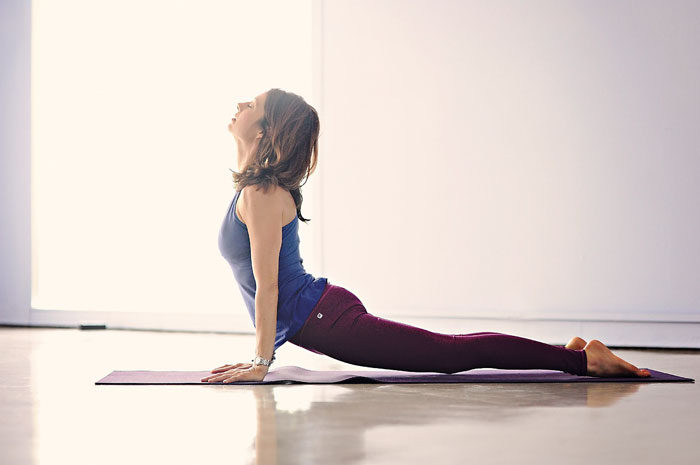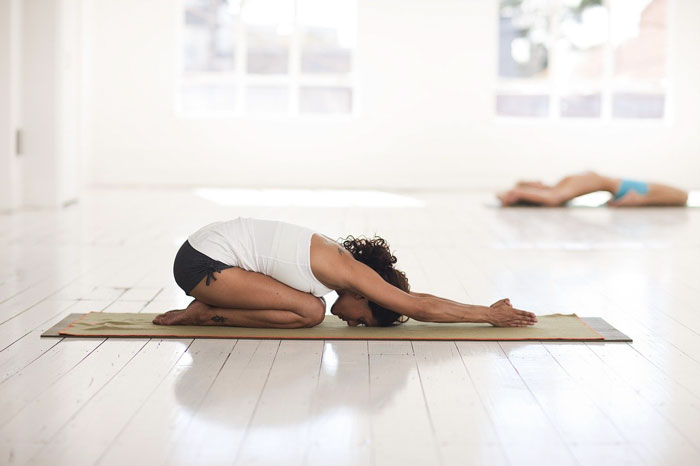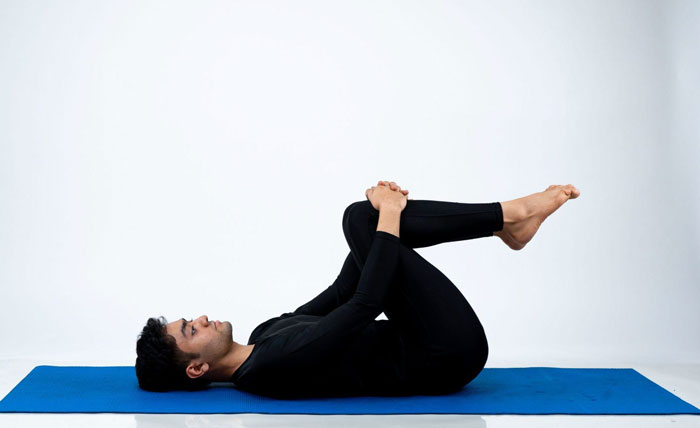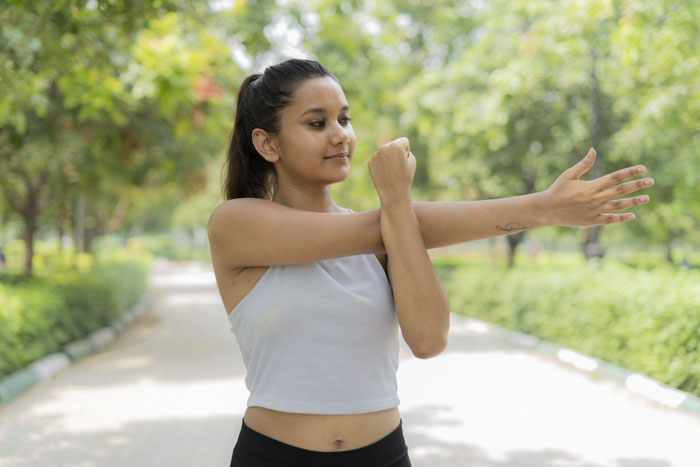If you are trying to keep your back healthy and prevent back injuries, starting off your day with morning stretches is a great idea. By keeping your muscles and back strong and limber, you can reduce the risk of injury, saving your back and helping your overall health.
As a chiropractor in the Chesapeake for more than two decades, I have extensive experience educating my patients on the stretches to keep their backs healthy and strong. In this article, I will share some of my top stretches, and how they can help you.
Why Are Morning Stretches Important?
Morning stretches can help your health in a variety of ways, including:
- Stretches help your flexibility: Flexible muscles are less prone to injury because they do not tire as quickly as inflexible muscles, minimizing muscle overuse
- Stretches help your posture: Keeping a good posture can help prevent spinal imbalance and prevent injury
- Stretches help you wake up: Mindful stretching – even in bed, before you get up – can ease you out of sleep and into the day ahead
- Stretching helps your circulation: Muscle activity promotes blood flow and circulation, which brings oxygen and nutrients to your muscles to keep them strong and healthy
- Stretching activates the parasympathetic nervous system: Otherwise known as the ‘rest and digest’ part of your nervous system, the parasympathetic nervous system helps you feel calm and relaxed
- Stretching helps you feel good: Stretching can release endorphins, your body’s feel-good hormones, which can help reduce pain and elevate your mood
What Morning Stretches Are the Best For Back Health?
Many morning stretches can help your back health. It is always best to double-check with your doctor before starting any stretching or exercise program, especially if you have a history of back problems. That said, common helpful morning stretches include:
Cobra Stretch
The cobra stretch is derived from yoga and helps stretch your chest, shoulders, back, and arms. You can perform this stretch in bed.

- Lie on your stomach with your hands flat under your shoulders.
- Make sure your elbows are tucked into your sides.
- Keeping your hips on the bed, gently raise your head and chest off the bed.
- Hold the position for up to 20 seconds and gently lower yourself back down.
Child’s Pose

The child’s pose is another yoga-derived pose that can be performed before you even get out of bed in the morning. This pose stretches your lower back as well as your thighs.
- Position yourself on your hands and knees, with your knees hip-width apart.
- Make sure your big toes are touching, and that your head and neck are neutral and unflexed.
- Press your buttocks back toward your heels and extend your hands in front of you.
- Rest your forehead on the bed.
Knee Pull

The knee pull, otherwise known as the knee-to-chest stretch, can also be performed in bed. This exercise stretches your hips and your lower back. You can perform it by pulling one knee to your chest, or both knees, depending on what feels comfortable for your body.
- Lie flat on your back.
- Bring one or both knees to your chest.
- Hold your knee(s) in place with your arms or your hands.
The shoulder stretch helps the muscles not only in your shoulder, but also in your upper back, chest, and upper arms. It can be performed in either a sitting or standing position.
- Keeping your shoulder blades relaxed, reach one arm across your body.
- Use your other arm to press on the reaching arm to deepen the stretch.
- Repeat the stretch with the other arm after holding the position for up to 20 seconds.
Neck Stretch

The neck stretch works on the muscles at the back of your head and at the top of your spine, in your neck. This stretch can be performed while sitting or standing.
- Keeping your shoulders relaxed, gently move your left ear sideways towards your left shoulder.
- Use your left arm to help keep the position, but only stretch as far you are comfortable.
- Repeat the stretch on the other side after holding the position for up to 20 seconds.
Incorporating Stretches Into Your Treatment at Precision Spinal Care
As a certified NUCCA chiropractor and spine management physician, I make sure to evaluate the root cause of your condition before coming up with a treatment plan. If your treatment can be enhanced by stretches, I will fully educate you on the best and safest stretches to perform to optimize your back health.
To accomplish this, during your first visit, I will do a thorough examination of your spine. Afterwards, I will go over my evaluation with you in detail. Together, we will set reasonable expectations and milestones for recovery and further evaluation. We will also put together a treatment plan that meets your care needs. I will reevaluate you to make sure you are meeting your goals.
My experience and expertise in spinal biomechanics allow me to competently and safely address your back issues. I am a trauma and hospital-qualified spine management physician. I have credentials in MRI spine interpretation, spinal biomechanical engineering, and orthopedic testing through the Academy of Chiropractic. I am also a fellow in Spinal Biomechanics and Trauma which is recognized through the SUNY Buffalo Jacobs School of Medicine.
If we determine that chiropractic is not the best solution for your needs, I will recommend the type of specialist who is most appropriate for you. I may also recommend other specialists that can be used in conjunction with chiropractic care to help you meet your needs.
We understand that you need to explore all your options when you are trying to treat your pain. At Precision Spinal Care, we are happy to help you determine the best way to address your specific needs and discuss all the options with you and your family.
Call our office at (757) 382-5555 to speak to the doctor or set up a consultation. You can also set up an appointment through our webpage.


